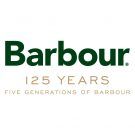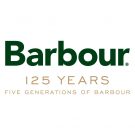125 years of Barbour jackets — and how they've won over everyone from The Queen to Alexa Chung
As Barbour celebrates its 125th anniversary, its distinctive and much-loved jackets are still being worn by everyone from farmers to fashion royalty. Flora Watkins salutes a great British brand.

The saying ‘There’s no such thing as bad weather, only unsuitable clothing’ is commonly attributed to the fell walker Alfred Wainwright, but it might just as easily have been coined by John Barbour. This enterprising Scottish draper began selling his oilskin clothing in South Shields in 1894, settling on the area because the Tyne was then one of the busiest rivers in the country.
Barbour’s, as the shop became known, thrived, supplying mariners and shipbuilders with the clothing they needed to protect them from the elements.
An advertising slogan from the 1980s — when Barbour became a household name — ran: ‘The best British clothing for the worst British weather.’ However, over the years, Barbour has come to symbolise so much more than just a waterproof jacket. It inspires a mood, an idea of a certain way of life.
[READ MORE: Six of Barbour's best jackets from 125 years of history]
Pull on a Barbour, with its evocative smell and corduroy collar, and we immediately think of long walks over wet hillsides, of point-to-points, muddy dogs and shooting weekends.
Today, however, you’re as likely to see Barbours worn around the artisanal coffee shops of Bermondsey as you are at Badminton Horse Trials. ‘It’s the heritage appeal,’ thinks company chairman Dame Margaret Barbour of the brand’s allure.
‘That and the Englishness — and the quality and price. We’re very reasonably priced for top-quality waterproof clothing.’
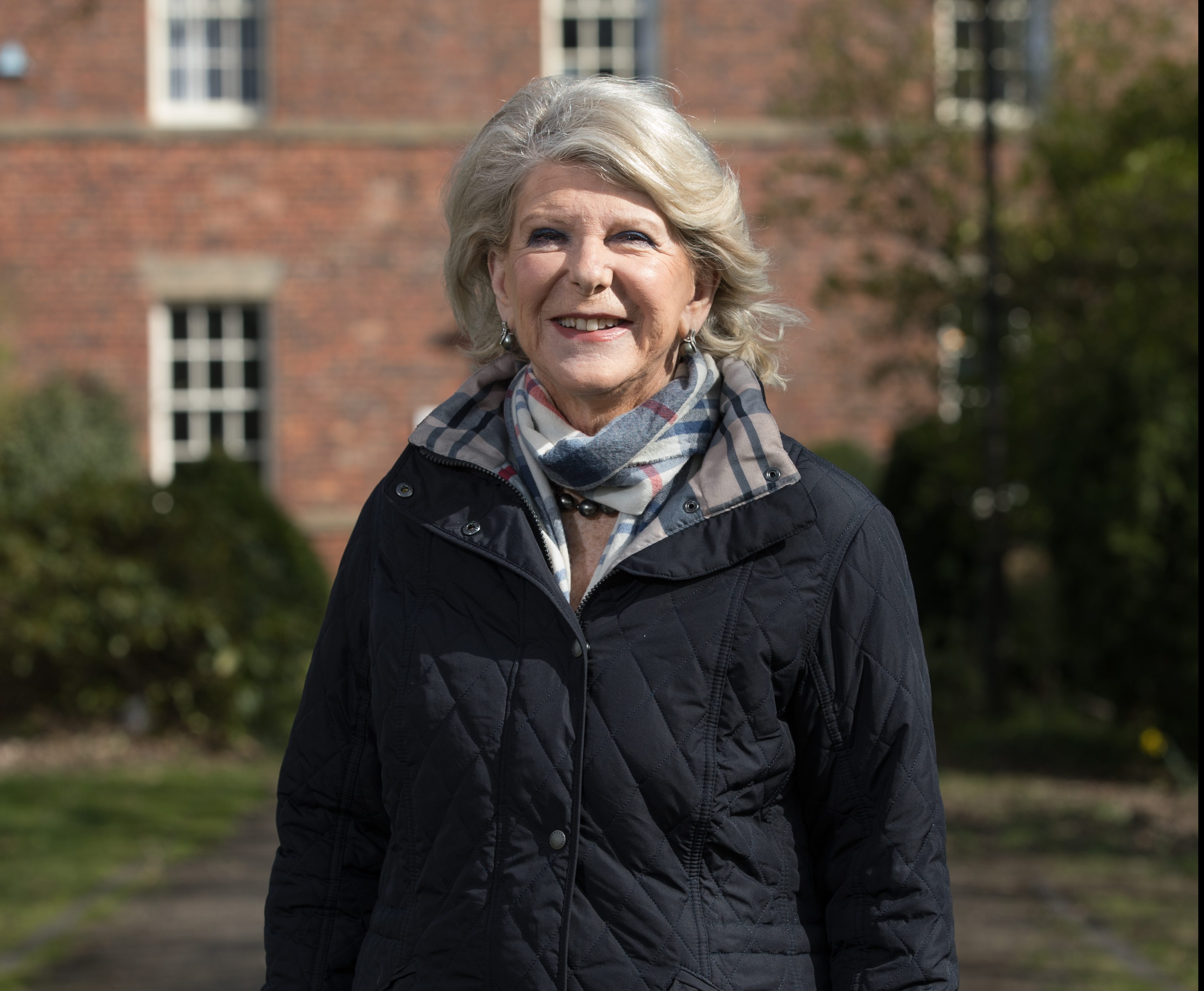
Today, the company enjoys a turnover of £200 million and is one of very few firms to hold three Royal Warrants. ‘When I got my DBE, The Queen said to me “Surely every closet in England has to have a Barbour jacket hanging in it”, which was lovely,’ Dame Margaret divulges.
From its modest beginnings clothing fishermen, Barbour went on to kit out motorcycling enthusiasts (notable fans of its International suit included Steve McQueen) and Second World War submarine commanders. The range now includes menswear and womenswear collections, children’s clothing, boots, shoes and even a dog range, with Barbour spectacles and scents being produced under licence.
The famous jackets — 120,000 of them each year — are still made by hand at the factory in South Shields, although the waxed cotton ‘has become a little more sophisticated, in that it isn’t as sticky as it was in the early days,’ says Dame Margaret.
The lynchpin of the company’s success, overseeing its transformation from the preserve of the smart country set to a global lifestyle brand, Dame Margaret came into the company when her husband, John, died tragically young, at the age of 29, in 1968. A teacher by profession, she engaged a full-time nanny for their two-year-old daughter, Helen (now vice chairman), then rolled up her sleeves and set about learning how the company worked — starting with how to make a wax jacket.
‘I had this wonderful team to work with,’ she recalls. Her late husband had wanted to refocus on country clothing, developing the Durham jacket, and Dame Margaret began working on her own designs .
‘I went to shows in France and Milan and saw what other people were making,’ she explains. ‘In France, I saw a lovely little riding jacket and I asked [flat jockey] Willie Carson “Please will you try this out for me and tell me if it’s any good?”.’ That became the Bedale — very popular with women and a must-have for any horse-mad teenager.
The Bedale’s shooting counterparts, the Beaufort and Border, were also inspired by trips to France ‘where they shoot in a different way — they have these hand-warming pockets and when they pick up their game, they put it in this back pocket’. Those observations were incorporated into the Beaufort, with its ‘poacher’s pocket’, and the moleskin handwarmers of the Border. Together, these three jackets were to turn Barbour into a household name.
Dame Margaret also had the clever idea at about this time of making the jackets in blue, as well as the traditional green: ‘That was really when we became a lifestyle product on the high streets, because they went very well with jeans.’
For The Daily Telegraph’s fashion news and features director Bethan Holt, another key moment for Barbour came in 2007, when the model and fashionista Alexa Chung was snapped in hers at Glastonbury. ‘It gave the Barbour a new shine and opened it up to a whole other generation who didn’t necessarily want to look like The Queen, but did aspire to look like Alexa Chung,’ she notes. ‘Barbour was very clever in capitalising on that moment.’
Shrewd collaborations followed, with Liberty and designers such as Anya Hindmarch and Alice Temperley; a collection by Miss Chung herself launched earlier this summer.
A head of menswear was brought in from Paul Smith and, later, a womenswear director. The motorcycle-inspired Barbour International range was brought back as a stand-alone brand aimed at a glamorous, more urban audience.
Nonetheless, clamber into any gun bus and you’ll be rubbing shoulders with a bevy of elegantly battered Beauforts. At the Royal Windsor Horse Show, you’ll still see The Queen in headscarf and her beloved knee-length Burghley. (Dame Margaret did offer her a new one for her Silver Jubilee, but Her Majesty preferred to have her trusty old one re-waxed — as do some 25,000 fellow aficionados each year.)
However, Barbour today is far more accessible, with a much broader fan base than ever before. ‘I wouldn’t call myself traditional — I wouldn’t wear a green Barbour jacket,’ admits former England rugby captain Lawrence Dallaglio, ‘but I’ve got a shorter, blue version that I really love.
‘I’ve worn it to Twickenham on many occasions, I wear it for broadcasting and when I’m walking the dogs in Richmond Park. They’ve managed to modernise the range without losing the supporter base.’

Three-times Cheltenham Gold Cup-winning trainer Henrietta Knight, who now breeds Connemaras, falls into that traditional supporter base. ‘I absolutely swear by my Barbour,’ she declares, wearing it on shopping trips to the major horse sales in Ireland. ‘It’s not too heavy, it’s thoroughly respectable-looking and very light to take on the aeroplane,’ she enthuses. ‘And it’s waterproof. I couldn’t be without it.’
The adventurer Ben Fogle, another long-term admirer, has also worked with Barbour. ‘What I love about the jackets is the aesthetic, the weathered patina,’ he says. ‘They tell a story; in the contents of the pockets, you’ll find all sorts of reminders of what you’ve been doing over the years.’
Why, I wonder, with the ready availability of outdoor wear made from modern, high-tech wicking fabrics, does he favour these oilskin garments, made from a material hardly changed from the one John Barbour was working with 125 years ago? ‘Although I don’t wear Barbour for everything I do, for wet, cold environments, when I’m filming in Europe, Alaska, in Canada, I think it’s perfect,’ Mr Fogle confirms.
Ultimately, people wear a Barbour waxed-cotton jacket for the same reason that they choose to read a printed magazine rather than a tablet or write with a fountain pen instead of a ballpoint — because it possesses a depth of character with which the modern pretender can never compete.

Loyalty to the brand is equally as fierce inside the company; Dame Margaret hosts regular ‘Friday afternoon parties’ for machinists who have clocked up 30, 35 or even 40 years’ service. It’s not only one of the biggest employers in the North-East, but the Barbour Foundation she set up in 1988 has donated more than £20.3 million to local charitable causes.
As for where the company goes next, Dame Margaret reveals that two of Helen’s three children are showing interest in the business — which would make them the sixth generation of Barbours.
Like most manufacturers, she’s ‘very worried about Brexit’, but don’t expect to see her doing a James Dyson and upping sticks to Singapore any time soon. ‘Oh, no way,’ she says, in horror. ‘We’d never do that.’ With her steady — and canny — hand on the tiller, Barbour is set to weather the storms.
Find out more about 125 years of Barbour at www.barbour.com/125-years
Exquisite houses, the beauty of Nature, and how to get the most from your life, straight to your inbox.
-
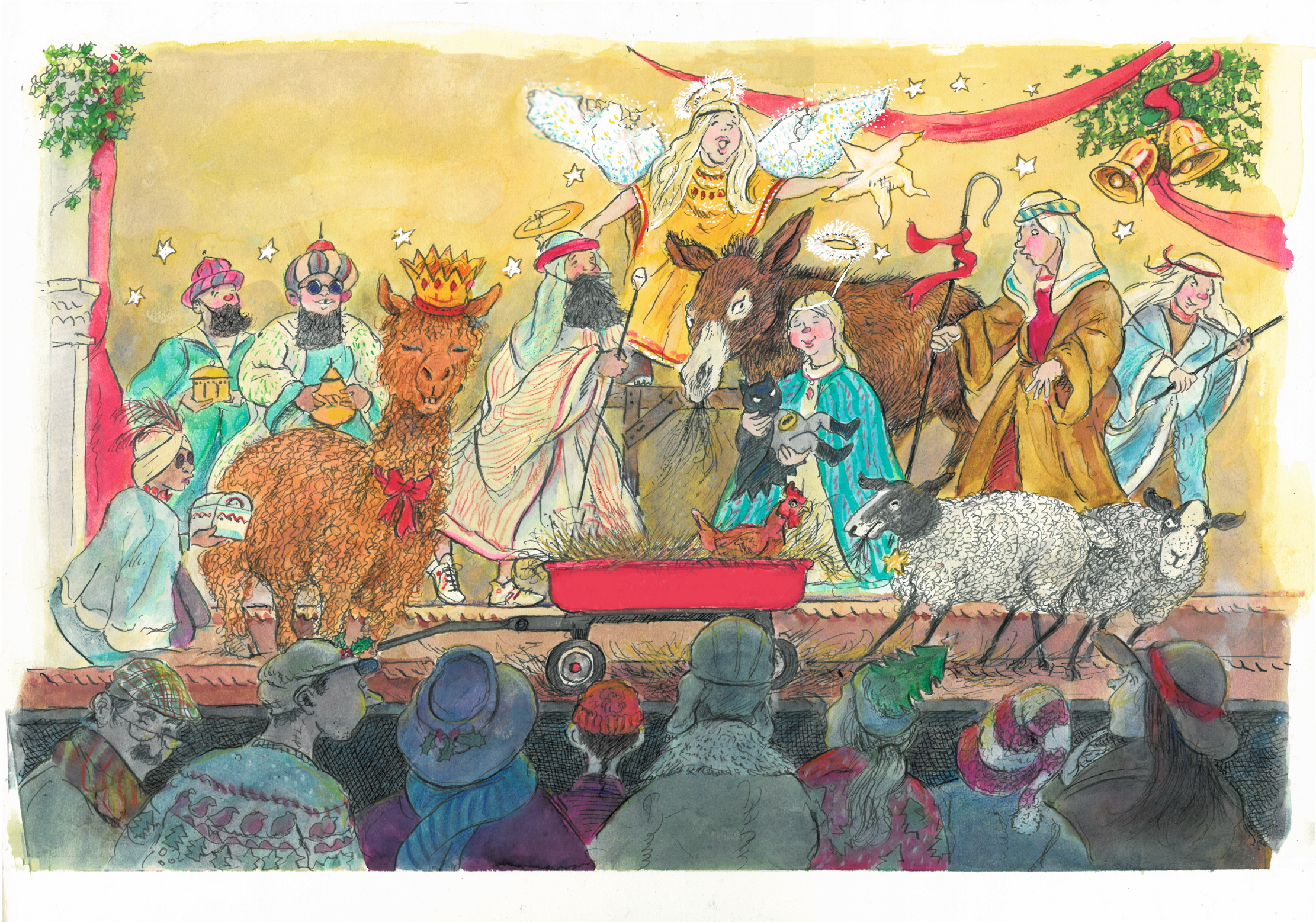 'Herod’s catapult has been confiscated': The Nativity play that might be alright on the night
'Herod’s catapult has been confiscated': The Nativity play that might be alright on the nightNever work with animals and children, they say, but surely it isn’t a proper Nativity without them?
-
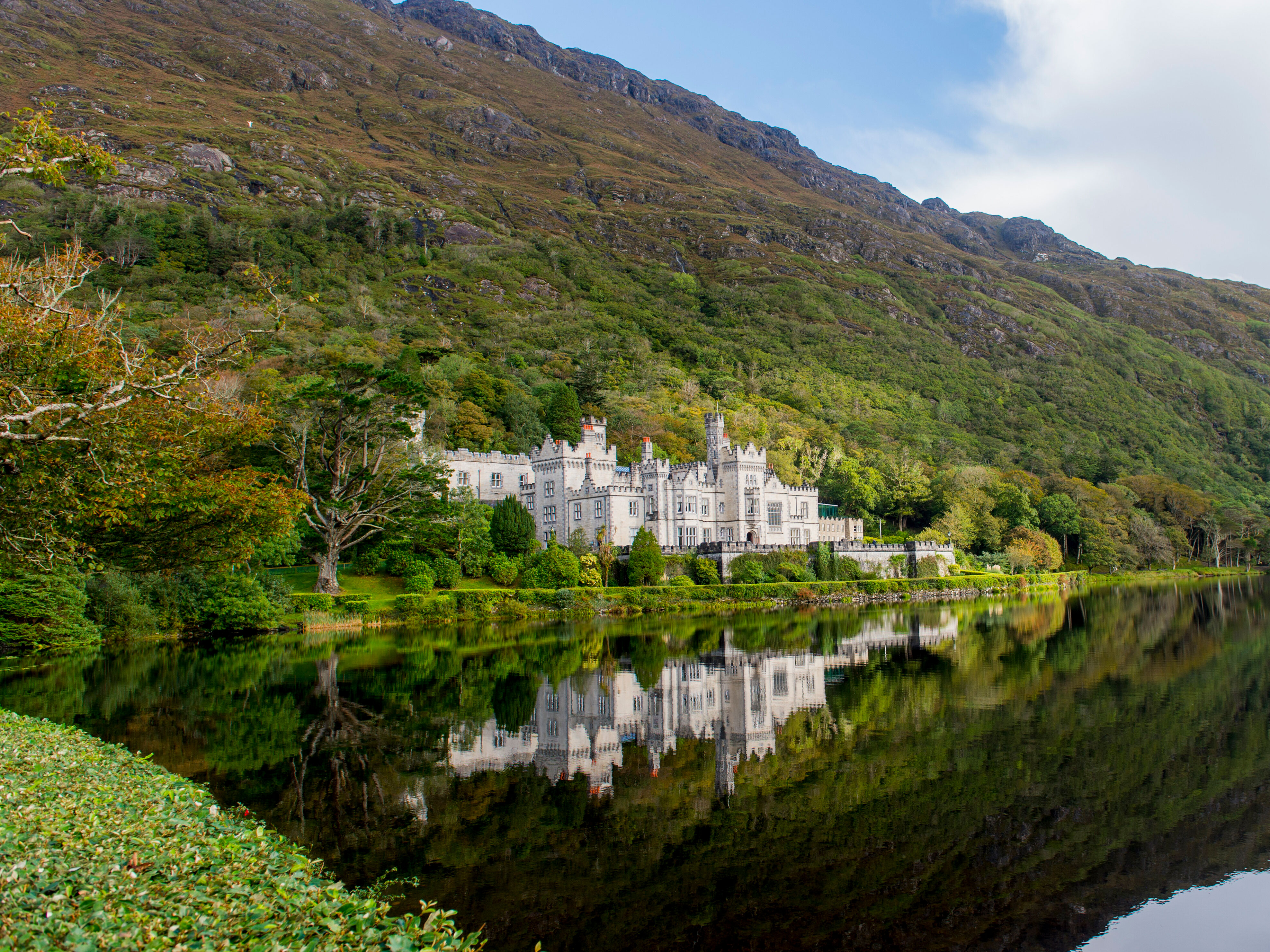 Country Life's top 10 architecture stories of 2025, from the South Wales terrace with an exquisite Georgian interior, to Ireland's remarkable country houses
Country Life's top 10 architecture stories of 2025, from the South Wales terrace with an exquisite Georgian interior, to Ireland's remarkable country housesWe look back at the most-read architecture stories on the Country Life website in 2025.
-
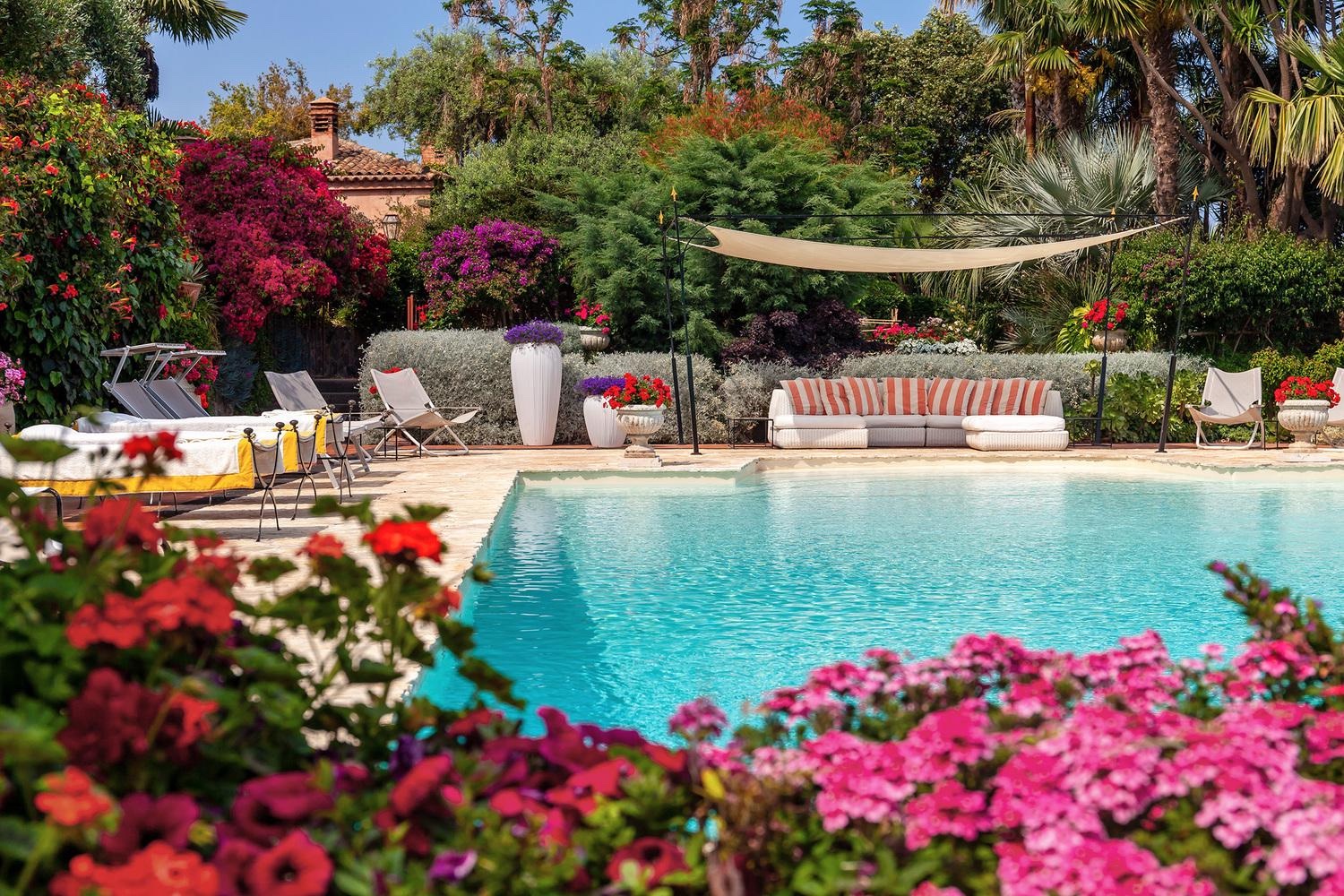 Jewels of the Mediterranean: Luxury multi-generational villa holidays
Jewels of the Mediterranean: Luxury multi-generational villa holidaysThe Thinking Traveller have some of the finest villas in the Mediterranean on their books for multi-generational holidays. Here are just a few of the highlights.
-
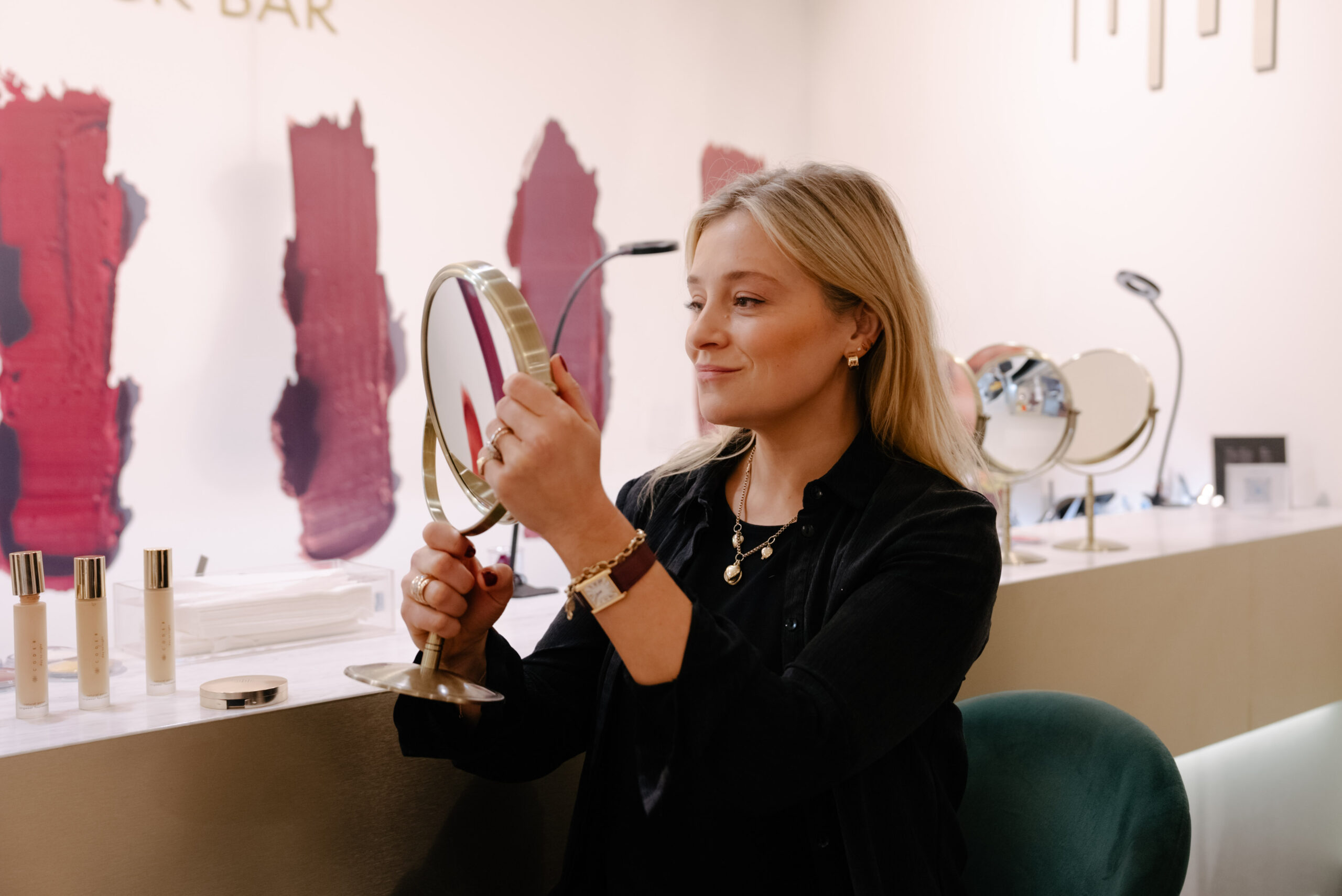 Code8: Beauty on Burlington Arcade
Code8: Beauty on Burlington ArcadeCome along Burlington Arcade with Hetty Lintell to visit beauty gurus Code8, and try their new Day To Night Foundation.
-
 The gift of growing
The gift of growingEntirely built to suit your needs, a bespoke Alitex greenhouse not only helps you nurture flowers and vegetables, but also offers a tranquil retreat from the pressures of daily life.
-
 The ultimate Canadian train journey
The ultimate Canadian train journeyExperience the spectacular scenery of the Canadian Rockies onboard the luxury and top-tier service of Rocky Mountaineer.
-
 Diamonds are a man’s best friend
Diamonds are a man’s best friendMale interest in jewellery is on the rise, with gypsy and signet rings proving especially popular, according to renowned jeweller Hancocks.
-
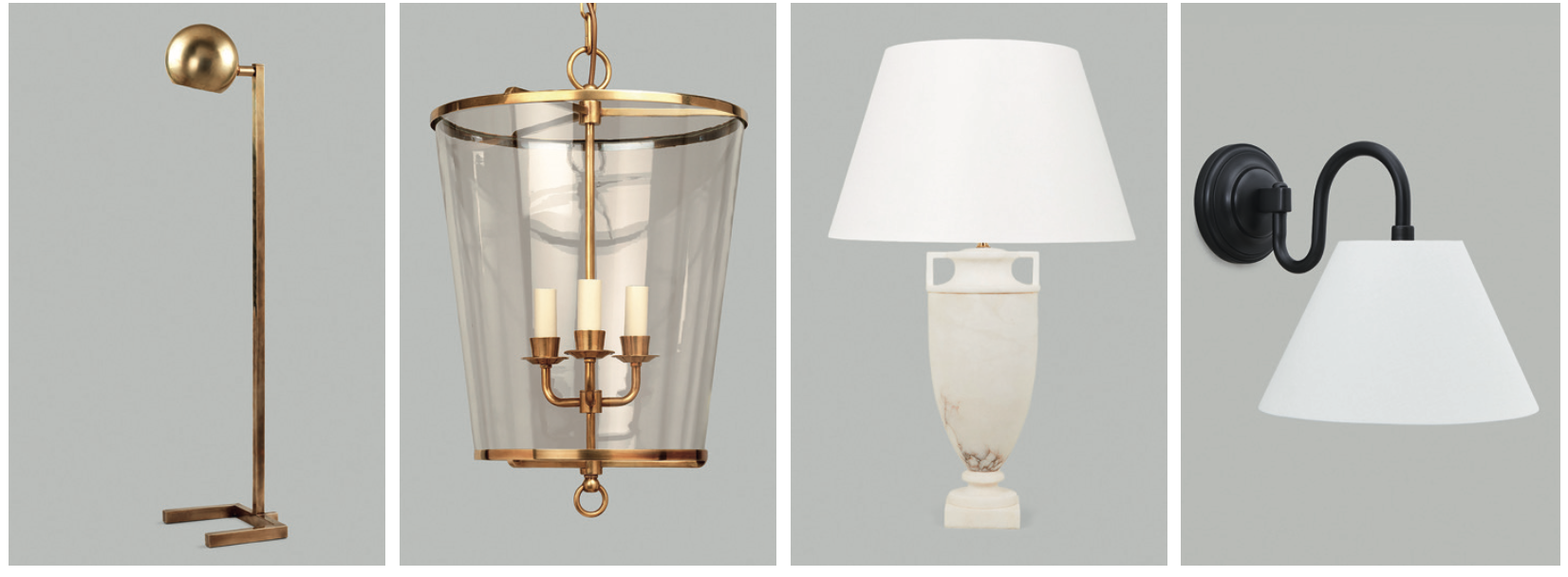 The Art of Lighting: Four of Britain's top designers share their best tips for choosing lighting
The Art of Lighting: Four of Britain's top designers share their best tips for choosing lightingAt a recent panel discussion hosted at Vaughan’s London showroom during Focus/24, interior designers Emma Pocock and Sarah Peake, lighting designer Jo Mann of Lighthouse Designs and Richard Smith of Vaughan shared their top 10 tips on choosing lighting.
-
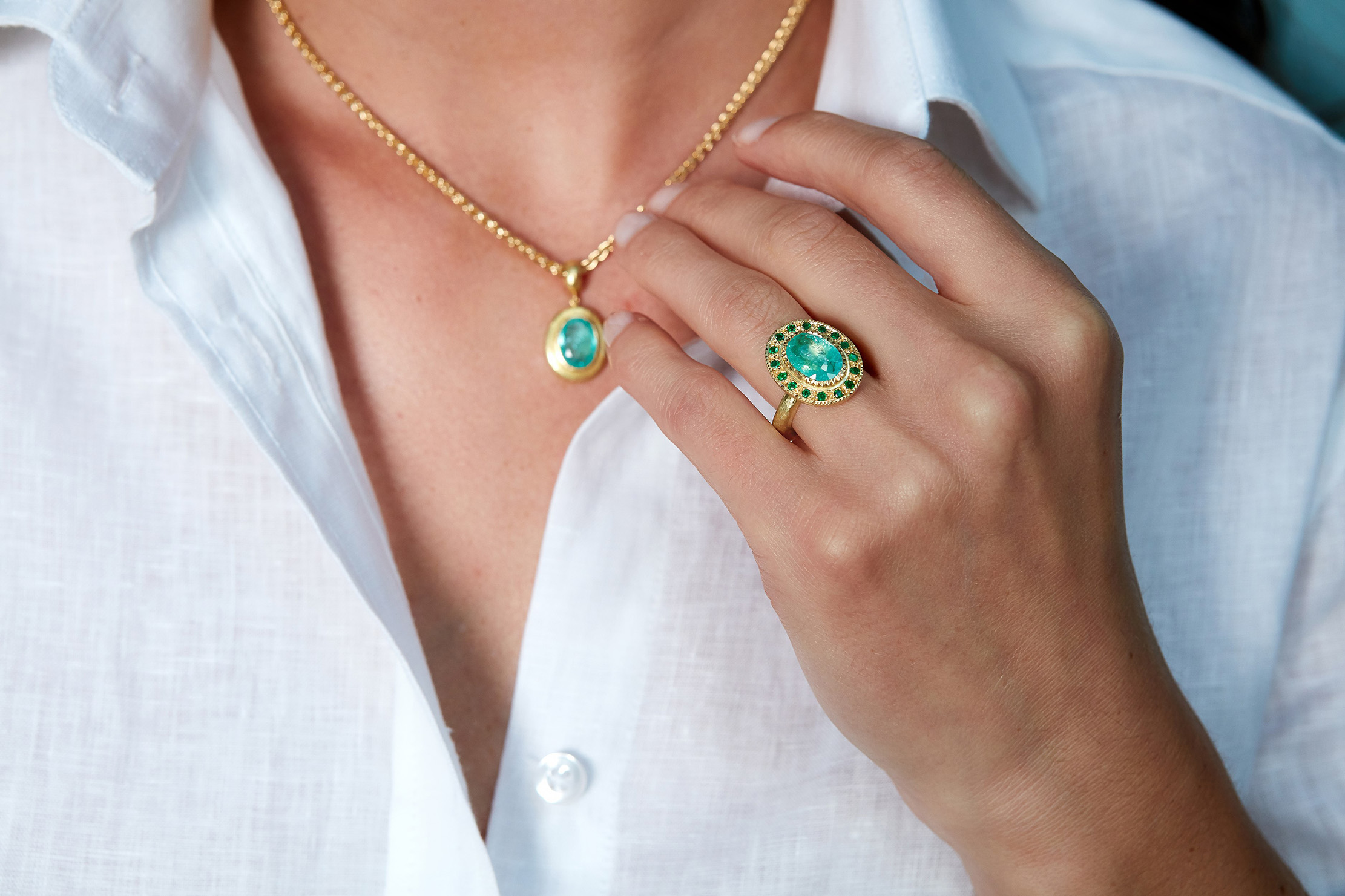 The beauty of bespoke: A journey with Julia Lloyd George
The beauty of bespoke: A journey with Julia Lloyd GeorgeGoing bespoke with Julia Lloyd George means getting not just a piece of jewellery, but a lifelong treasure.
-
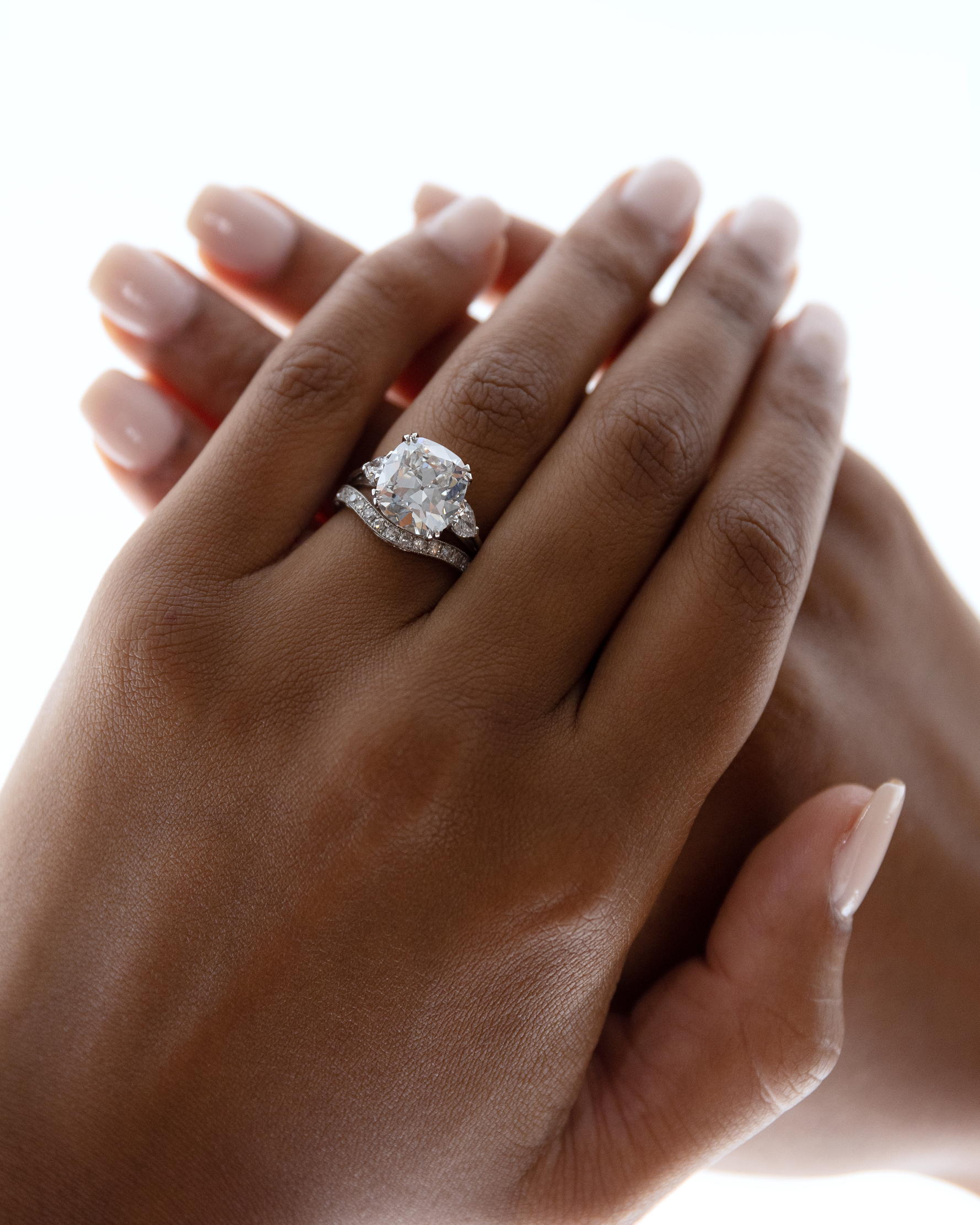 Hancocks: Sparkle of genius
Hancocks: Sparkle of geniusHistoric jewellery firm Hancocks, now in its new St James’s home, specialises in old-cut diamonds pieces that gleam and turn heads even in low light.
